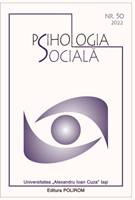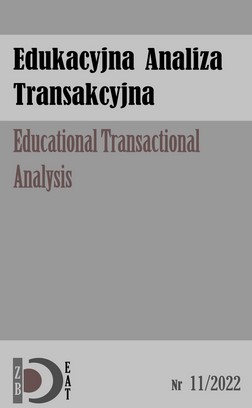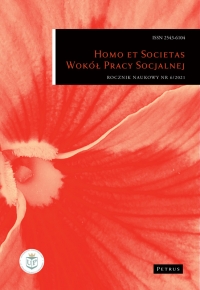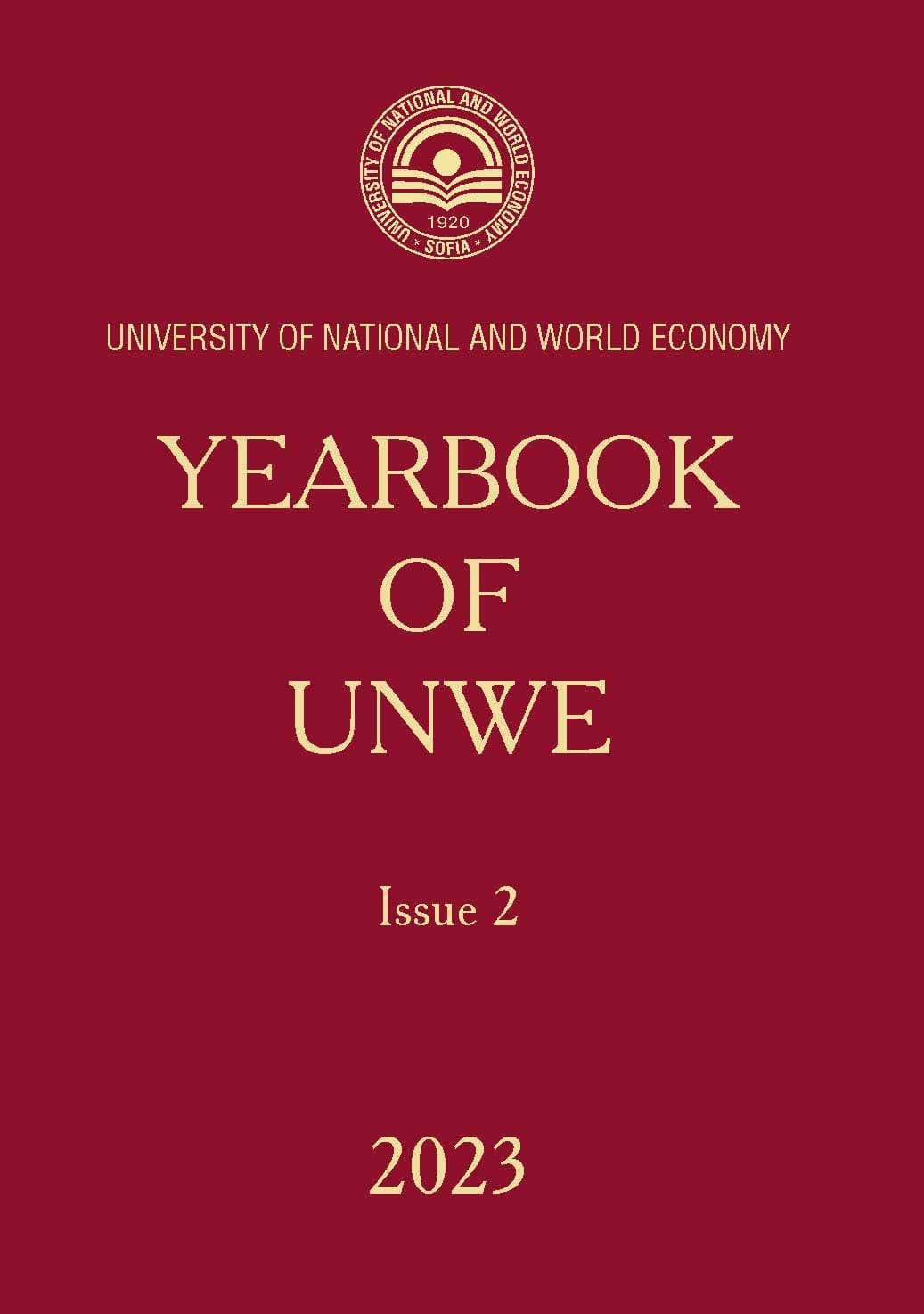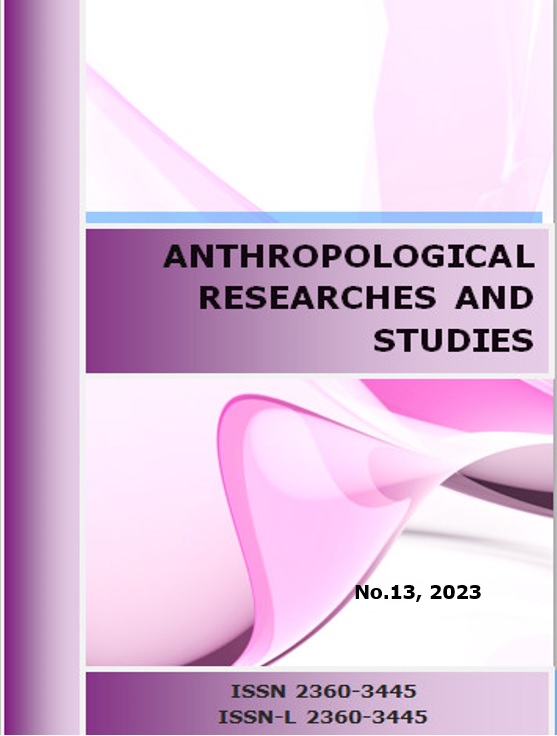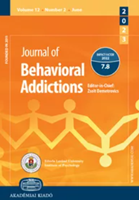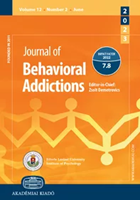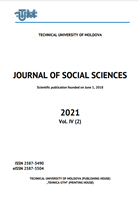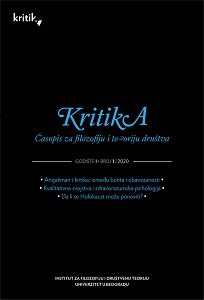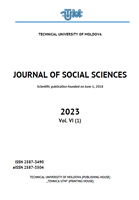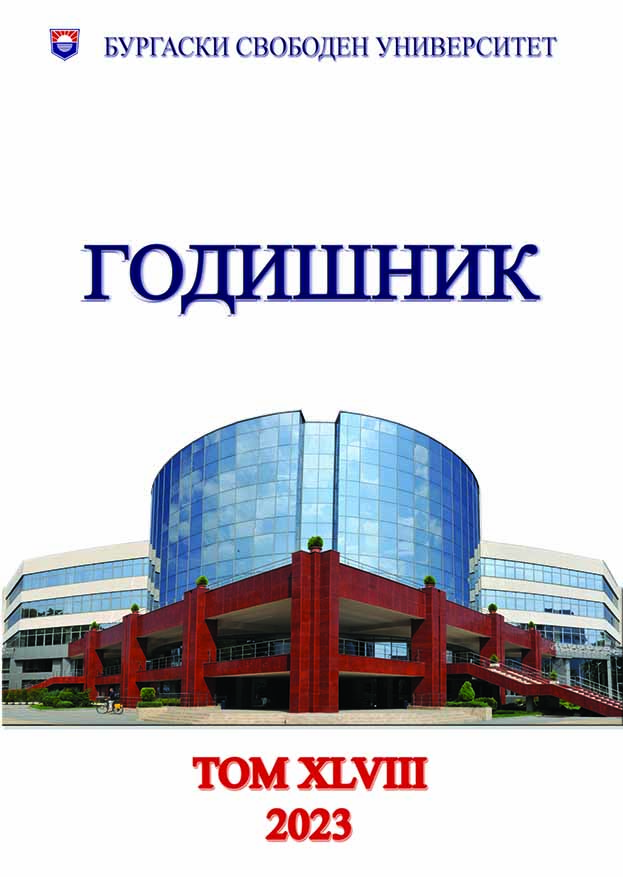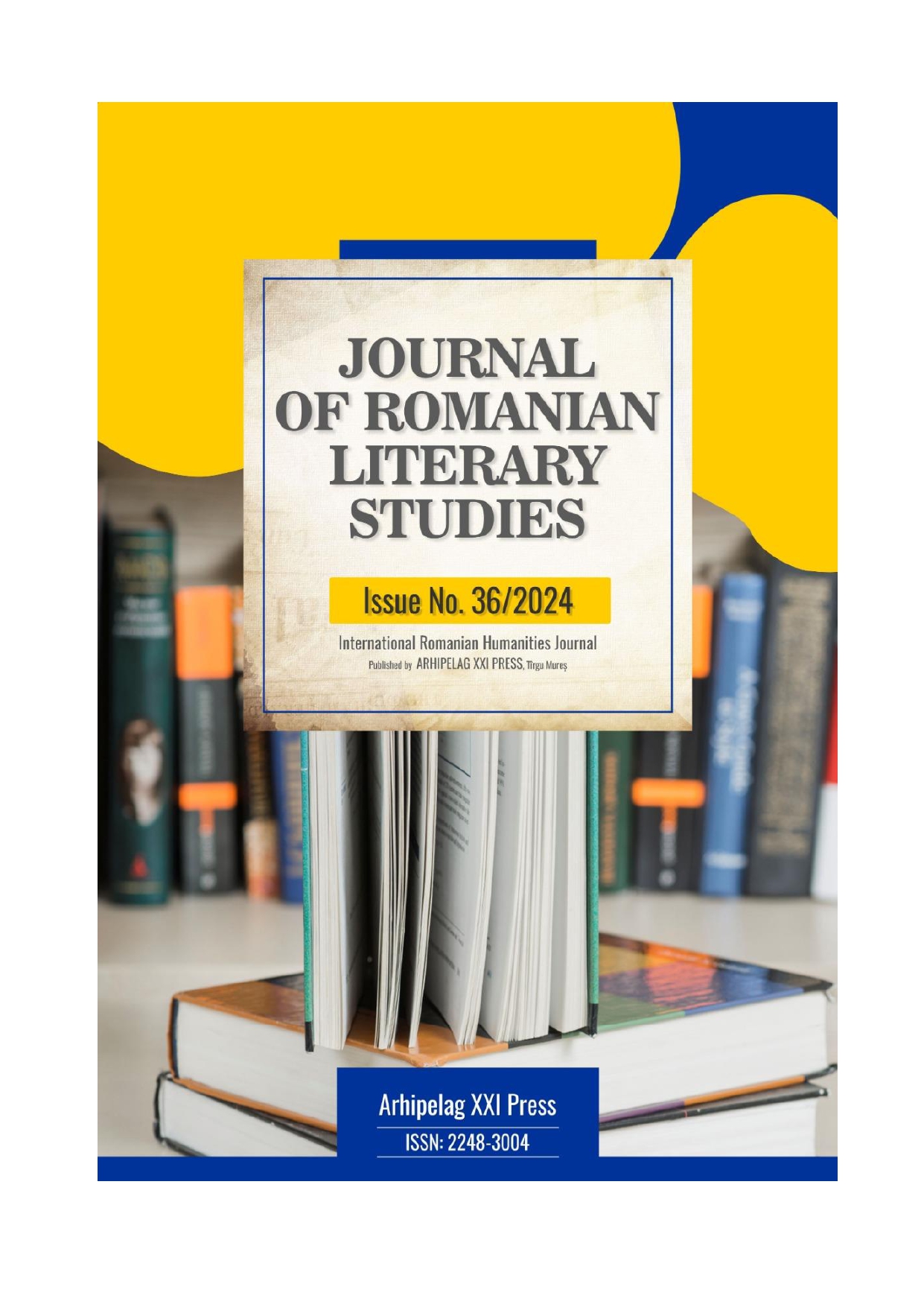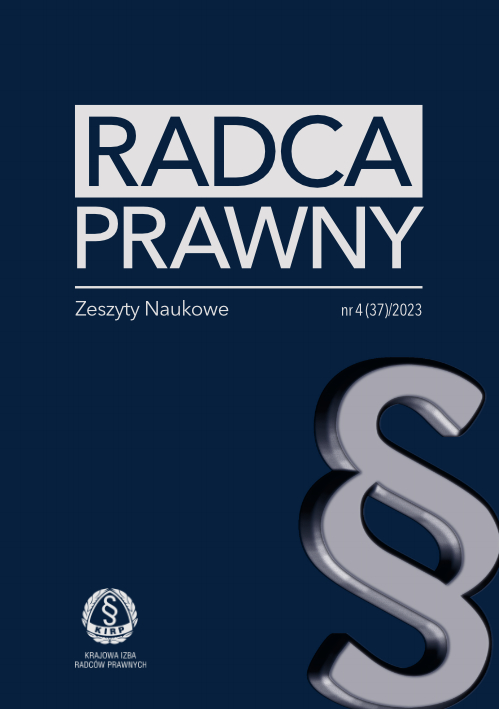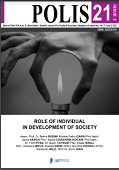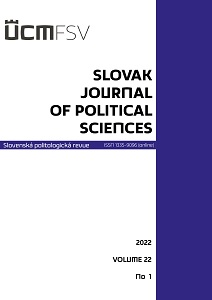
Psychological Aspects of Political Choices: Focus on Cognition, Decision-Making Styles, and Emotions in Voting Behaviour
The presented paper focuses on the issue of voting behaviour. It aims to determine the importance of selected cognitive factors, decision-making styles and emotional factors in electoral decision-making and behaviour in voters with different political preferences and voters of specific Slovak political parties. The cognitive style was evaluated using the Cognitive Reflection Test - Version 2. Decision-making styles were explored using the General Decision Making Styles Questionnaire and emotion preferences in information processing were evaluated using the following affective states test. Within the research sample (N = 308, average age 36.2 years), distinct groups of Slovak voters were created: 1. based on parties with different ideological orientations, and 2. based on specific Slovak political parties. The predictive significance of the observed characteristics for the choice of a political subject with a particular ideology and the choice of a specific Slovak political party was explored. All the variables monitored – cognitive style, decision-making style, and emotion preferences in information processing – proved to be significant.
More...
